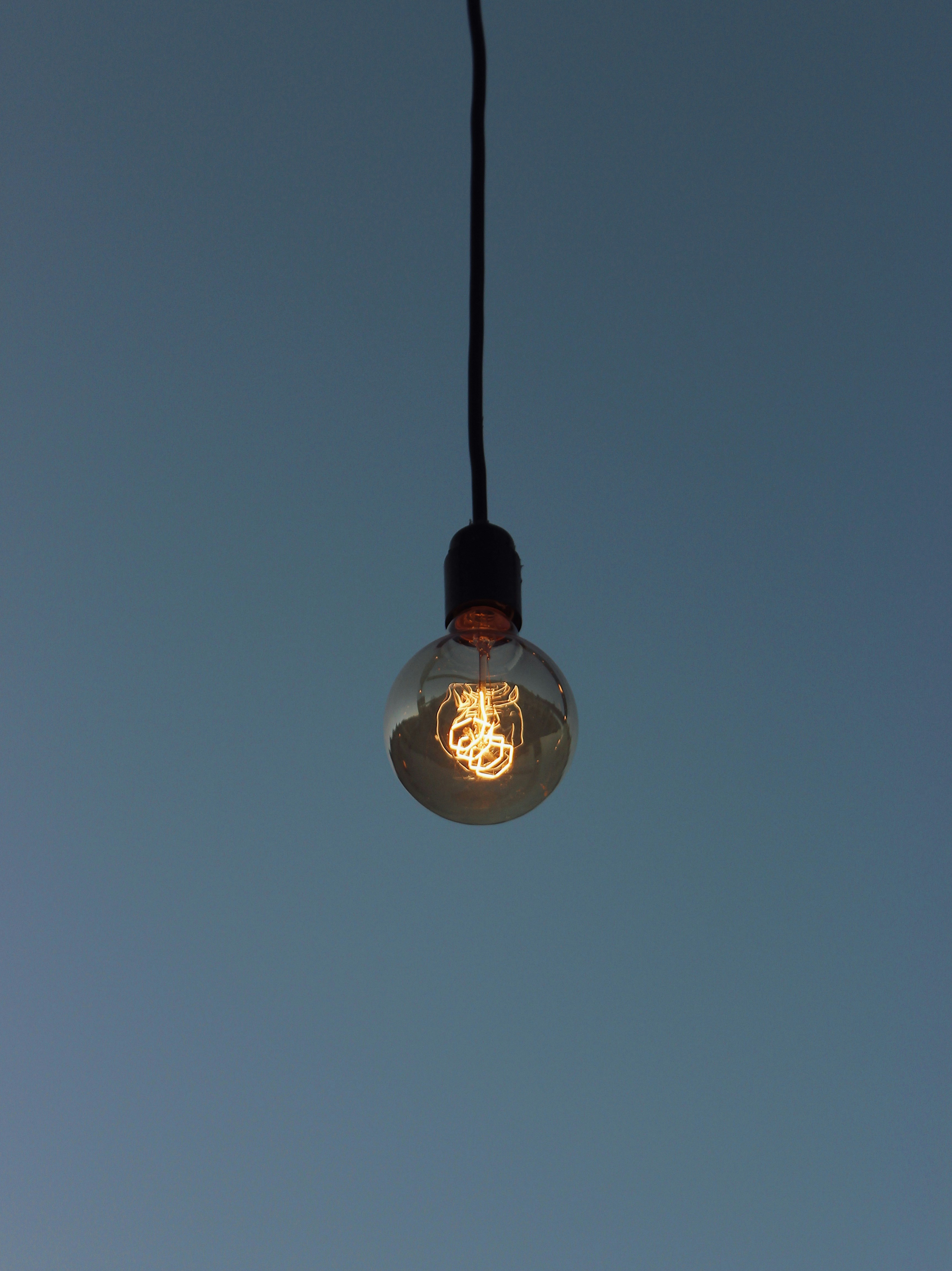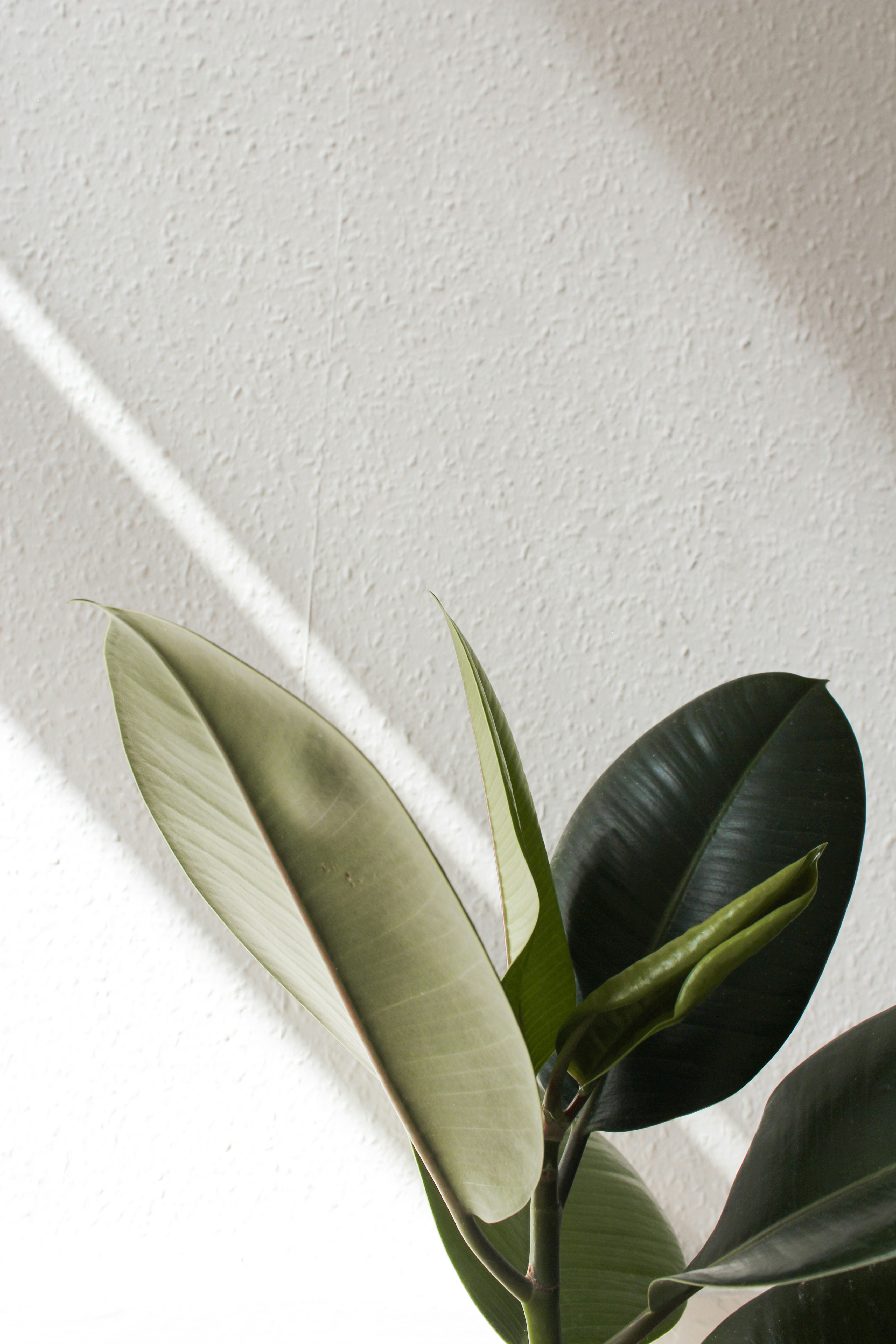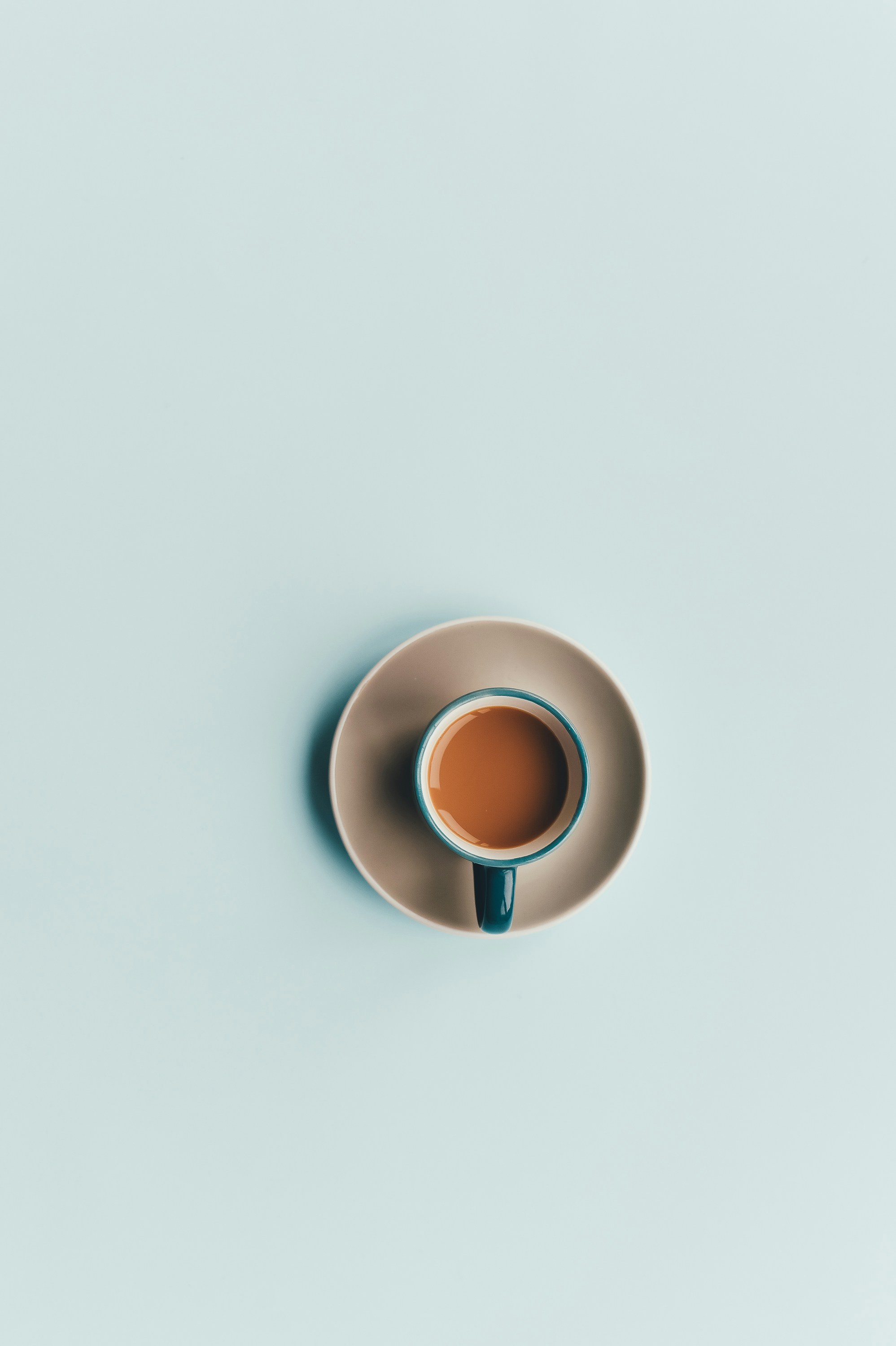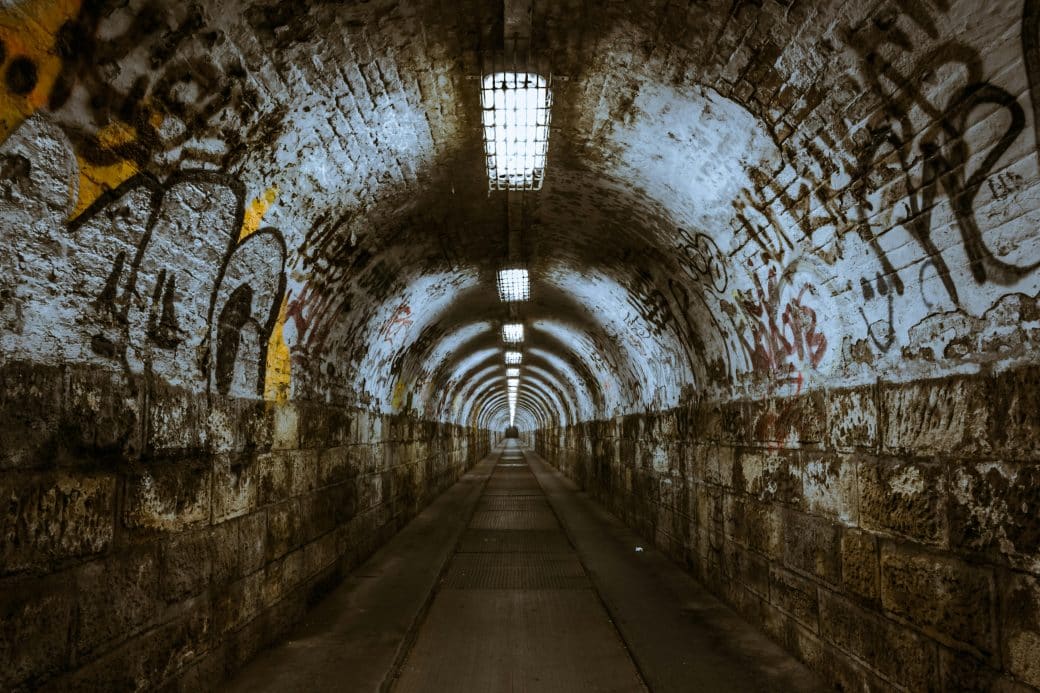I’ve always been intrigued by the idea that less really is more, and nowhere does that notion come alive more vibrantly than in the world of minimalism in art. So, I decided to put together “The Ultimate Guide To Minimalism In Art: A Detailed Analysis And Inspiration” for folks like me who find beauty in simplicity. Through this deep dive, I aim to peel back the layers of minimalistic art, explore its history, principles, and the masters behind its magic. Not only that, but I also want to share how this art form can serve as a fountain of inspiration for anyone looking to add a touch of elegance and tranquility to their space or their own creative work. Join me as we explore the serene and impactful world of minimalism in art, where every line, color, and texture holds a world of meaning.

The Concept of Minimalism
Understanding Minimalism
Minimalism, to me, is more than just a design philosophy or an artistic movement; it’s a way of living that emphasizes simplicity and prioritizes the essentials. In art and design, minimalism values space, color, and shape with the intention of creating clarity and eliminating unnecessary details. It’s fascinating how this concept, rooted in simplicity, can evoke such profound experiences and reactions. By stripping down to the basics, minimalism challenges us to find beauty and complexity in the simplest forms.
Origins and Evolution of Minimalism
Tracing the origins of minimalism takes us back to the early to mid-20th century, stemming from various movements such as De Stijl, Bauhaus, and Constructivism, which all emphasized simplicity and functionality. However, it truly came into its own as a defined movement during the 1960s in New York. Artists were moving away from abstract expressionism, seeking a more objective form that could remove personal expression and emotional content. This evolution reflected a broader cultural shift towards stripping away excess and focusing on the essence.
Principles of Minimalism
The principles of minimalism revolve around simplicity, functionality, and clarity of form and content. It’s about reducing elements to the minimum necessary to convey the intended message or function. In practice, this means focusing on things like form, color, and space, and how these can be manipulated to highlight the core essence of a piece without unnecessary decoration or elaboration. For me, these principles serve as a guide, not just in appreciating minimalist art, but in applying minimalist concepts to life and work.
The Minimalist Movement in Art
Defining Minimalist Art
Minimalist art is characterized by its simple, abstract forms and a restrained palette, aiming to strip away personal expression and focus on the artwork’s materiality and form. It’s about what you see is what you get, no hidden meanings or elaborate backstory. For me, minimalist art possesses an intrinsic beauty and calm, offering a break from the chaos of the world.
Historical Context and Influences
The rise of minimalist art in the 1960s as a reaction against the subjective elements of abstract expressionism places it in a unique position within art history. It was a time of social and political upheaval, and artists sought to reflect a new order and clarity through their works. The influence of earlier movements that celebrated simplicity and functionality, as well as Zen philosophy with its emphasis on emptiness and presence, played a significant role in shaping minimalist art.
Key Figures in Minimalist Art
Several artists stand out to me when discussing the minimalist movement, including Donald Judd, Sol LeWitt, and Agnes Martin. Each brought their unique approach to minimalism, whether through Judd’s specific objects, LeWitt’s conceptual framework, or Martin’s subtle grid paintings. Their contributions not only defined the movement but also expanded the possibilities of what minimalist art could be.

Characteristics of Minimalist Art
Simplicity in Form
Minimalist art is all about simplicity in form. This doesn’t mean the works are simple to create or lack complexity; rather, the complexity is in the precision and intention behind each element. Each shape, line, and color has a purpose, contributing to the overall impact of the piece without overwhelming the viewer with details.
Repetition and Variation
Repetition and variation are key elements in minimalist art, creating patterns and structures that draw the viewer in. The subtle variations within these repetitions often create a sense of movement, rhythm, or change, highlighting the materiality and craftsmanship involved.
Neutral, Monochromatic Palette
The use of a neutral, monochromatic palette is another hallmark of minimalist art. This choice emphasizes the form and structure of the artwork, allowing the viewer to focus on the space and the relationship between elements without the distraction of vibrant colors.
Emphasis on Material and Process
Material and process play critical roles in minimalist art. The choice of materials and how they are manipulated can significantly affect the perception and interpretation of a piece. Artists often explore the properties and possibilities of their materials, making the process a visible and integral part of the artwork.
Forms and Mediums of Minimalist Art
Painting
Minimalist painting often involves geometric shapes, monochromatic palettes, and a focus on canvas and paint’s inherent qualities. These works challenge traditional painting techniques, inviting viewers to contemplate the essence of painting itself.
Sculpture
Minimalist sculpture is characterized by simple, geometric forms and industrial materials, emphasizing volume, space, and the relationship between the sculpture and its environment. These works redefine sculpture’s traditional boundaries, focusing on the object’s placement and context.
Installation
Minimalist installations transform spaces through simple yet impactful interventions, emphasizing concepts like emptiness, presence, and the viewer’s experience. These works encourage a heightened awareness of the environment and our relation to it.
Photography
In minimalist photography, composition, and lighting play pivotal roles in simplifying the subject to its essence. The focus is often on patterns, textures, and contrasts, with a keen eye for the interplay of light and shadow.
Digital Art
Digital platforms have opened new avenues for minimalist art, allowing artists to experiment with virtual spaces, abstract forms, and interactive elements. The digital realm offers endless possibilities for simplification and abstraction, pushing the boundaries of minimalist expression.

Examining Minimalist Masterpieces
Analysis of Important Works
When I delve into minimalist masterpieces, I’m struck by the depth and complexity achieved through such simple means. Works by artists like Donald Judd, whose sculptures challenge our perception of space and form, or Agnes Martin’s paintings that evoke profound emotional responses through subtle variations in lines and colors, demonstrate the power of minimalism to convey deep meaning and beauty.
Impact and Influence of These Works
The impact of these minimalist works extends far beyond the art world, influencing design, architecture, and popular culture. They have redefined our understanding of space, form, and the role of the artist, encouraging a deeper appreciation for the nuances of simplicity and the potential of materials and processes.
Interpreting Minimalist Art
Interpreting minimalist art can be a deeply personal experience, as the lack of explicit content invites the viewer to project their thoughts and feelings onto the work. This open-endedness is one of the movement’s strengths, fostering a space for contemplation and introspection.
Controversies and Criticisms of Minimalist Art
Debates About Aesthetics and Meaning
Minimalist art has often been at the center of debates concerning aesthetics and meaning. Critics argue that the movement’s emphasis on simplicity and materiality strips art of its narrative power and emotional depth. Yet, proponents see this as its strength, allowing viewers to imbue the works with personal significance.
Role of the Viewer
The role of the viewer in minimalist art is more active and participatory than in traditional art forms. Since the artwork doesn’t impose a narrative or emotion, it’s up to the viewer to engage with and derive meaning from the piece, making the viewing experience both challenging and rewarding.
Accusations of Elitism and Commercialism
Minimalist art has faced accusations of elitism and commercialism, with critics claiming that its simplicity and focus on materials cater to a niche audience and are more about market trends than artistic innovation. While there’s some truth to these critiques, for me, the essence of minimalism transcends these boundaries, offering a universal appeal through its fundamental principles.

Minimalism and Contemporary Art
Influence on Modern and Contemporary Artists
The influence of minimalism on modern and contemporary artists is undeniable, with many incorporating its principles into their work, whether through the use of simple forms, a restrained palette, or the exploration of materials and processes. This ongoing dialogue with minimalism underscores its relevance and adaptability to new contexts and technologies.
Manifestations in Popular Culture
Minimalism’s impact extends into popular culture, influencing design, fashion, and lifestyle. Its principles of simplicity and functionality resonate with a broad audience, seeking clarity and authenticity in an increasingly complex world.
Minimalism and Post-Minimalism
Post-minimalism emerged as a reaction to and extension of minimalism, incorporating elements of process, performance, and body art to explore new directions. This movement acknowledges minimalism’s foundational role while pushing its boundaries, reflecting the dynamic and evolving nature of art.
Exploring Minimalist Aesthetics Beyond Art
Minimalism in Design and Architecture
In design and architecture, minimalism emphasizes clean lines, functional spaces, and a harmonious balance between form and function. This approach creates environments that are both aesthetically pleasing and conducive to well-being, demonstrating minimalism’s versatility and widespread appeal.
Minimalism in Fashion
Fashion has also embraced minimalism, with designers focusing on timeless pieces, quality materials, and a neutral palette. This approach promotes sustainability and challenges the fast-fashion model, highlighting minimalism’s ethical and environmental benefits.
Minimalism in Music and Film
Minimalism in music and film often involves pared-down compositions and narratives, focusing on the essence of sound and storytelling. This approach fosters a deeper engagement with the medium, encouraging audiences to appreciate the nuances of expression and the power of simplicity.
Practicing Minimalism in Your Own Art
Tips for Simplifying Your Art
Simplifying your art can be a liberating experience, requiring you to focus on what’s truly essential. Start by reducing elements, emphasizing negative space, and choosing a restrained color palette. Embrace the process of subtraction, asking yourself what can be removed without losing the core message or aesthetic.
Inspiring Minimalist Artists to Follow
To dive deeper into minimalist art, I find inspiration in the work of artists like Yayoi Kusama, whose repetitive patterns and immersive installations offer a modern take on minimalism, and John McCracken, whose polished sculptures blur the lines between art and object. Their work encourages me to explore the boundaries of minimalism in my own practice.
Exercises to Develop a Minimalist Approach
Developing a minimalist approach to art can be as simple as setting limitations for yourself, such as using only one color or creating with a single material. These constraints can spark creativity, encouraging you to think outside the box and discover new possibilities within minimalism.
The Future of Minimalism in Art
Emerging Trends and Movements
The future of minimalism in art looks promising, with emerging trends and movements exploring sustainability, digital media, and interdisciplinary approaches. These developments suggest a continued relevance and expansion of minimalism, adapting to the challenges and opportunities of the 21st century.
The Role of Technology
Technology plays a significant role in the evolution of minimalist art, offering new tools and platforms for creation and exhibition. From digital sculpture to virtual reality installations, technology expands the possibilities for minimalist expression, inviting us to reimagine the relationship between art and viewer.
Reflections on Sustainability and Minimalism
As we confront global challenges like climate change and resource depletion, the principles of minimalism—focusing on the essential, reducing waste, and valuing simplicity—offer valuable insights for sustainable living and artistic practice. Minimalism’s emphasis on intentionality and mindfulness aligns with the growing movement towards ecological consciousness and responsible consumption, making it more relevant than ever.



